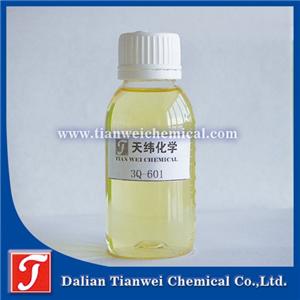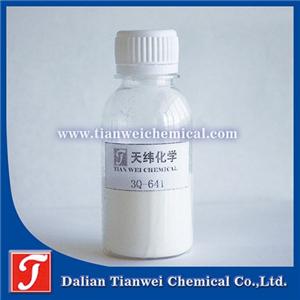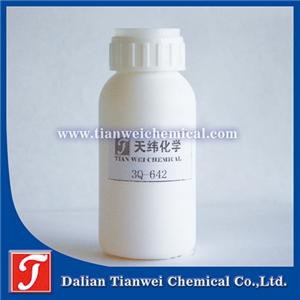Water-based ink dry film anti-mold agent, providing long-lasting protection
Water-based ink dry film anti-mold agent is an important additive used to prevent mold growth in water-based ink after film formation. The following is an introduction from aspects such as its working principle, common types, selection points and application precautions:
Principle of action
Water-based ink dry film anti-mold agent mainly achieves the effect of anti-mold and anti-bacterial by destroying the cell walls and cell membranes of mold and interfering with its metabolic process. Meanwhile, some fungicides can also form a protective film on the surface of the paint film, preventing the invasion of mold and bacteria.
Common types
IPBC: This dry film anti-mold and bactericide with broad-spectrum antibacterial activity has a strong inhibitory and killing effect on various fungi, molds, yeasts and algae. It is suitable for a wide range of industrial applications. It does not contain formaldehyde, formaldehyde-releasing substances, phenolic compounds or heavy metals. It has good safety indicators and treatment characteristics. It is effective within the pH range of 4 to 9, but it will show color due to photo-oxidation when exposed to ultraviolet light. Caution should be exercised when applying it in white paint.
Zinc pyrithione (ZPT) : A broad-spectrum, highly effective and low-toxicity anti-mold and anti-algae agent, it can be used for both dry film anti-mold and dry film anti-algae. It has strong killing power and can inhibit the growth of Gram-positive and Gram-negative bacteria and molds. As an anti-algae agent, a MIC of no more than 0.5mg/kg can effectively inhibit the growth of most algae.
Dichlorophenyldimethylurea: Dry film anti-mold and anti-algae agent, herbicide, with excellent anti-algae performance. After being absorbed by algae, it inhibits photosynthesis.
BCM: Dry film anti-mold and anti-algae agent, which can kill or inhibit most molds. Its main functions are to prevent mold and algae, interfere with the mitosis of pathogen cells, and inhibit their growth.
Select key points
Anti-mold effect: Anti-mold agents with broad-spectrum antibacterial properties that can effectively combat various molds and bacteria should be selected.
Safety: Considering the impact of fungicides on human health and the environment, choose non-toxic or low-toxic, environmentally friendly fungicides.
Stability: Fungicides should have good stability and not be affected by environmental factors such as temperature, light, and pH value.
Compatibility: The fungicide should have good compatibility with water-based ink systems and not affect the application performance and curing performance of the ink




